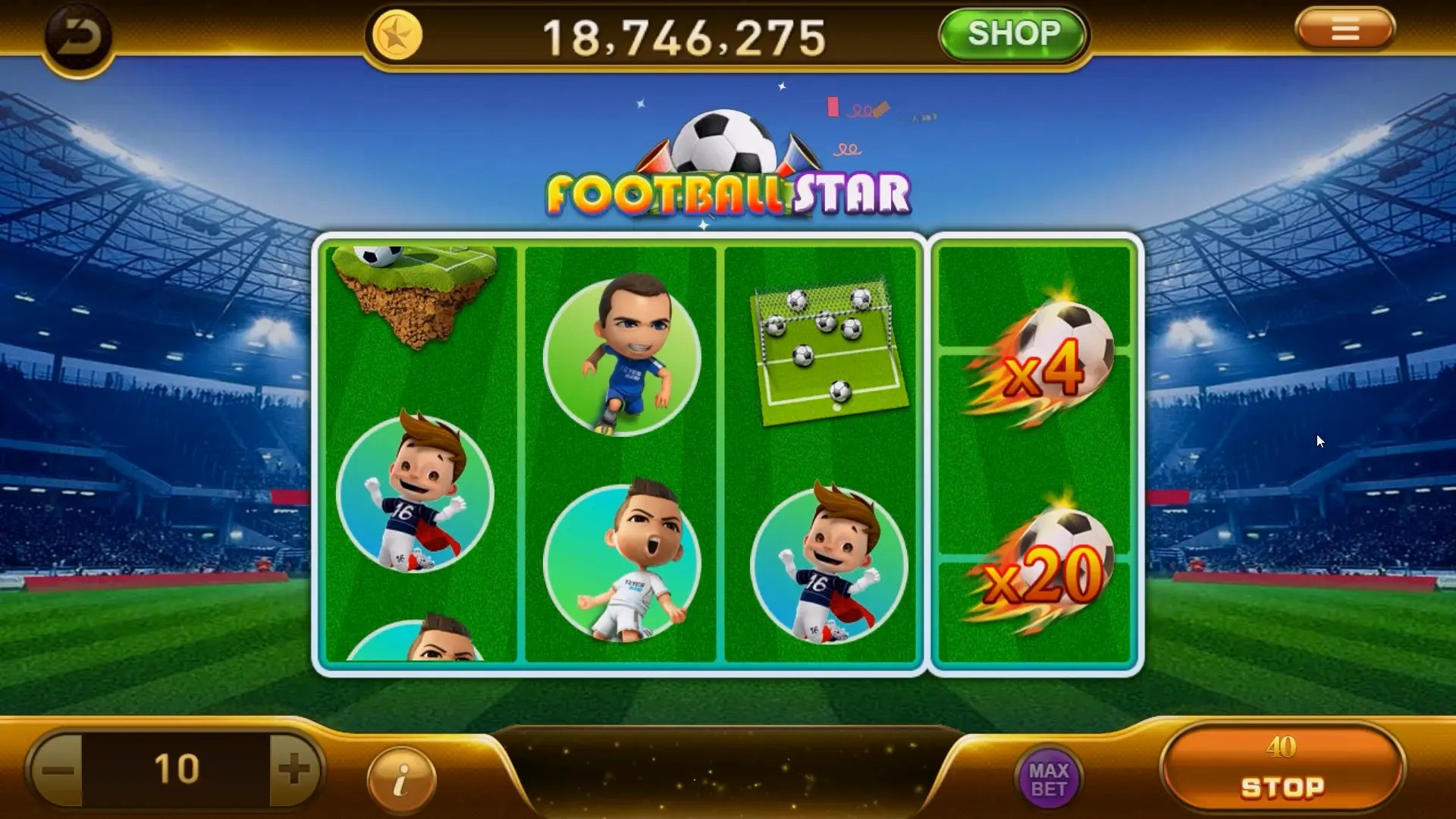Why Multiplayer Life Simulation Games Are Shaping the Future of Online Gaming
As the world of online gaming evolves, multiplayer life simulation games are capturing increasing attention, driving a new wave of player engagement and innovation. In this article, we will explore how these games are influencing the industry, the unique features that set them apart, and a closer look at personal favorites like the Kingdom Come game review.
The Rise of Multiplayer Life Simulation Games
Over the past few years, life simulation games have experienced a renaissance. Developers have found that by adding multiplayer elements, they can foster greater interaction and deeper connections among players. Some key aspects contributing to this trend include:
- Community Building: Multiplayer games allow players to form communities, enhancing their social experiences.
- Realism: Life simulation games often reflect real-life scenarios, merging creativity with authenticity.
- Customization: The ability to personalize avatars and environments keeps players engaged for longer periods.
How Multiplayer Experiences Enhance Gameplay
What makes multiplayer life simulation games so captivating? The answer lies in the engaging experiences they provide. In a multiplayer setting, players can:
- Collaborate and Compete: Engaging with friends or strangers opens up opportunities for teamwork and rivalry.
- Exchange Resources: Players can trade items or tips, enhancing the gameplay experience.
- Shared Adventures: Exploring virtual worlds together creates memorable moments and enhances enjoyment.
A Closer Look at Community-Driven Narratives
One of the defining features of multiplayer life simulation games is their focus on narrative and immersive storytelling. Players can shape their stories in ways that resonate with their real-life experiences. For example, in a game where players are tasked with building a town, every decision made can affect the community's overall success.
The Impact of Realism in Multiplayer Life Simulation Games
Realism in gameplay mechanics significantly adds to the player experience. The more lifelike the mechanics, the deeper the player's engagement. Some notable features include:
| Feature | Impact on Gameplay |
|---|---|
| Dynamic Weather | Affects player strategies and interactions |
| Street Economy | Players learn real-world economics through virtual trading |
| Character Emotions | Enhances realism, prompting more thoughtful interactions |
Exploring Player Retention Strategies
To keep players coming back, developers of multiplayer life simulation games are employing various strategies. For instance:
- Regular Updates: New content, seasonal events, and expansions keep gameplay fresh.
- Player Feedback: Incorporating player suggestions fosters a sense of community ownership.
- In-Game Milestones: Rewarding players for reaching certain levels or completing challenges encourages long-term involvement.
The Future of Multiplayer Life Simulation Games
As we look ahead, the future of multiplayer life simulation games seems bright. The genre continues to attract attention from developers and gamers alike. Combining elements of social networking with gaming has the potential to transform how we interact online. Furthermore, with emerging technologies like US Delta Force and VR integration, the immersive potential of life simulation games is set to expand, promising even more innovative experiences for players.
Conclusion
In summary, multiplayer life simulation games are not just a trend; they're shaping the future of online gaming. With their unique blend of community, realism, and storytelling, these games are redefining player engagement. From the Kingdom Come game review to new titles, it's clear that players crave immersive experiences that reflect their own lives. The evolution is exciting, and one can only imagine what the future holds for this dynamic genre.



